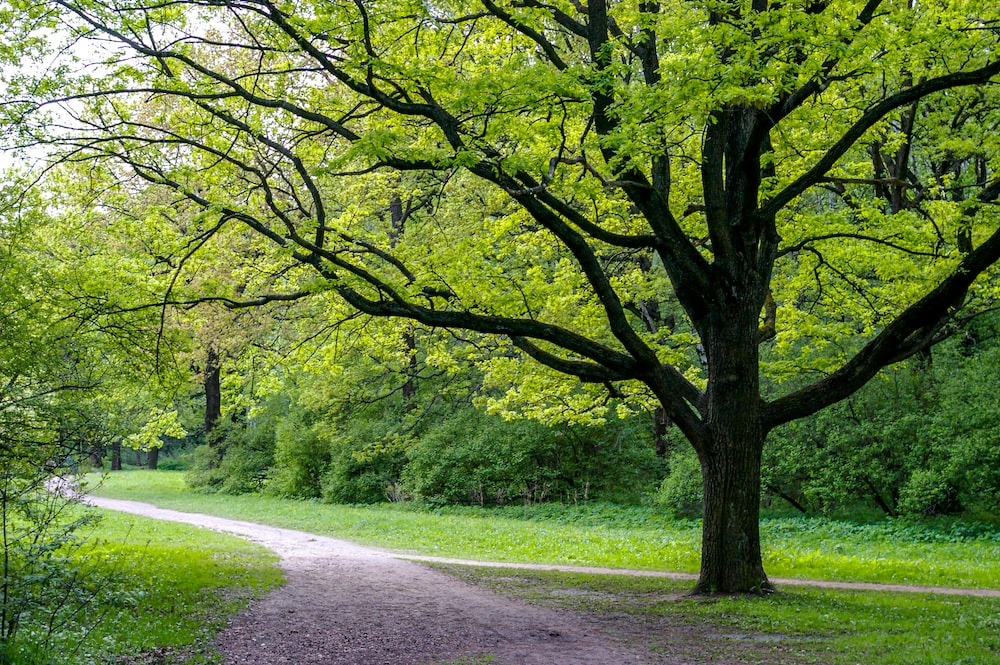Just like any living organism, trees are susceptible to various illnesses and diseases. Recognizing the early signs of tree illness is crucial for timely intervention and treatment. By remaining vigilant and knowing what to look for, you can safeguard the health and vitality of your trees. Here’s all you need to know about the common signs of tree illness and as well as valuable insights to effectively identify and address them for proper tree care:
Abnormal Leaf Coloration
One of the most noticeable signs of tree illness is when leaves display unusual colors. If you notice yellowing, browning, or unusual spots on the leaves, it could indicate a problem. Leaf discoloration can be caused by nutrient deficiencies, fungal infections, or pest infestations. Accurately identifying the underlying cause is essential for implementing effective treatment.
Unusual Leaf Drop
If you’re experiencing excessive leaf drops outside the normal seasonal patterns, it’s a warning sign that something may be wrong. While deciduous trees naturally shed their leaves in the fall, significant leaf loss during other times of the year can indicate an underlying health issue. Stress, disease, pests, or root problems could contribute to abnormal leaf drops.
Cankers and Bark Damage
Cankers manifest as dead or damaged areas on a tree’s trunk or branches. They often appear as discolored, sunken, or cracked regions. Fungal or bacterial infections, mechanical injuries, or environmental stress can cause cankers. If you notice cankers, assessing the severity and seeking appropriate treatment to prevent further damage is crucial.
Wilting or Stunted Growth
Trees displaying wilting or stunted growth may be suffering from various issues. Inadequate water supply, nutrient deficiencies, root problems, or diseases can all contribute to these symptoms. If you observe wilting or stunted growth in your trees, you should investigate potential causes and take corrective action.
Pest Infestations
Insects and pests can pose a threat to a tree’s overall health. Aphids, caterpillars, beetles, and borers are common culprits. Keep an eye out for signs such as chewed leaves, visible insects, webs, or tunnels on the tree. Early detection and appropriate pest management strategies can help protect your trees.
Fungal Growth
The presence of fungal growth, such as mushrooms or conks, on a tree’s trunk or branches, can indicate internal decay or rot. Fungi can compromise the tree’s structural integrity and pose safety hazards. If you notice fungal growth, it’s essential to consult an arborist to assess the extent of the damage and determine the best course of action.

Talk to expert tree workers in Scottsdale
Being able to recognize the common signs of tree illnesses is vital for the care and well-being of your trees. Taking prompt action, including accurate diagnosis and appropriate treatment, can help mitigate the effects of illness and ensure the long-term health of your trees.
Sometimes, your tree will need complete removal if the illness has spread too far. Tree Pros has experts who can safely remove your tree and provide your land with a high-quality soil treatment to ensure the health and safety of the rest of your plants. We also provide lawn irrigation, stump removal, and emergency tree removal services.
Call us today to get a quote!
